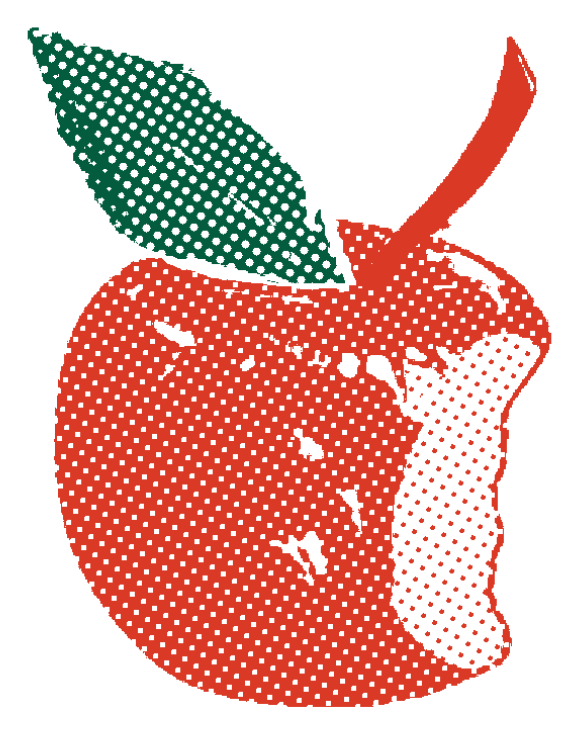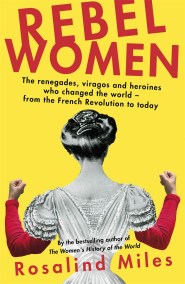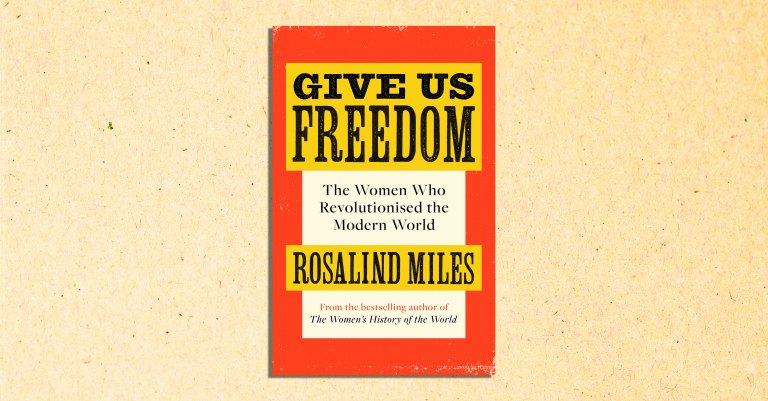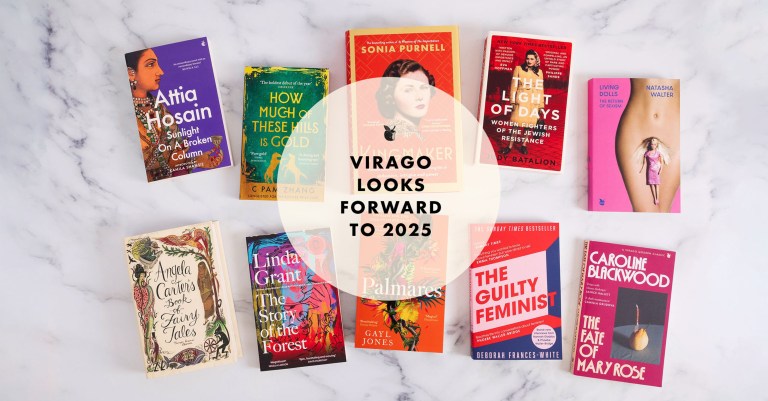Rebel Women and War
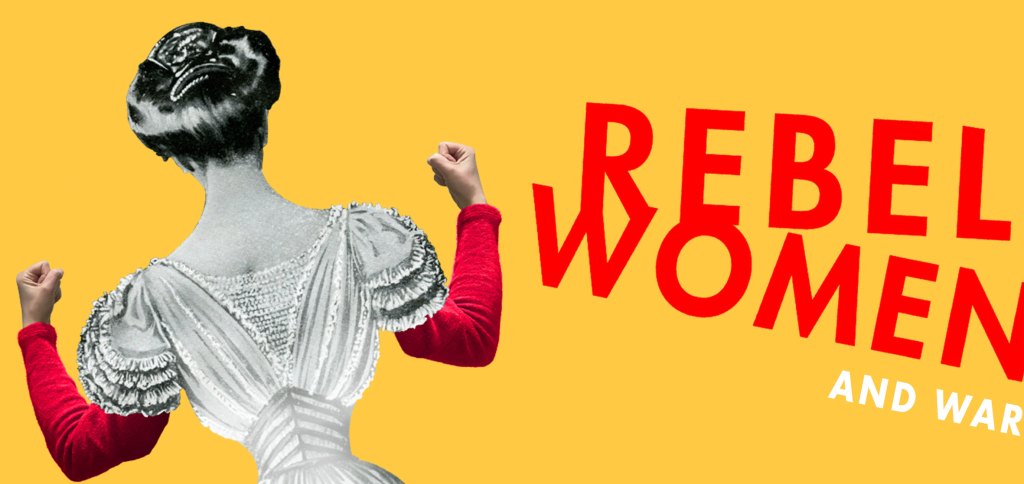
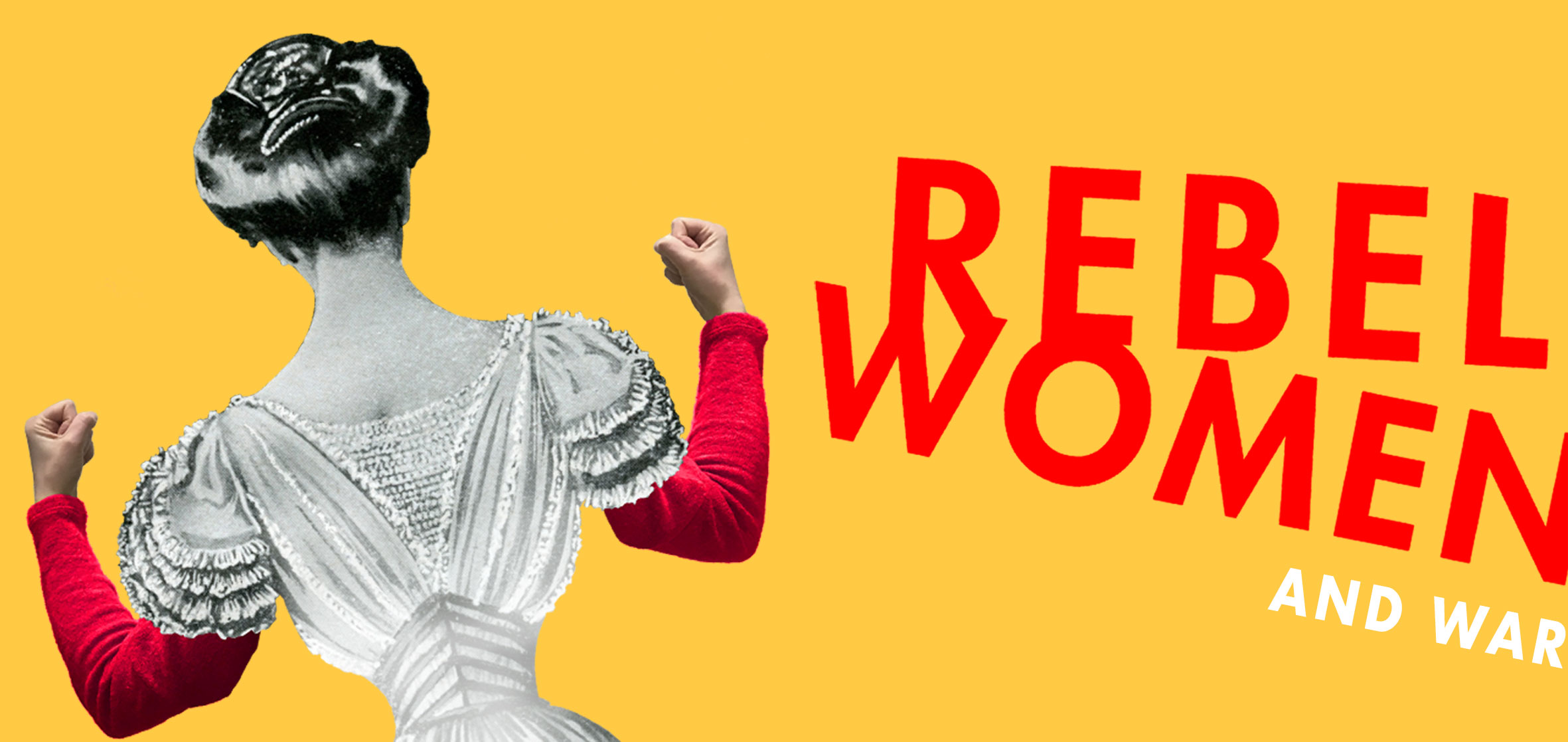
A world free for all!was the rallying cry at the end of the Second World War.
Free, did they say?
Not for women, and not yet. Both East and West were taken up for much of the century with wars great and small, each one followed by an uneasy, queasy peace until war, hot or cold, broke out again like the plague. The First World War and Second World War were over, so the official version went, and the Cold War had begun. Then, without much fanfare, it got hot again.
That was the story of Vietnam. The post-1945 struggle of the Vietnamese against their imperial master, France, morphed into a full-blown war in 1950, when Uncle Sam came calling with his pockets full of gold. American ‘aid’ to South Vietnam lasted until 1975 and created the longest and worst conflict in US history, tying up their military, their economy and their politics for twenty years. It cost over $2.5 billion dollars, 58,000 thousand American lives and an estimated two million lives of Vietnamese – thirty-five times as many as those lost by their invaders. In addition, it became one of the most widely condemned wars of all time, with protest marches and demonstrations around the globe.
And where were the women in all this? Right there in the thick of it. Some ten thousand American servicewomen were stationed in-country during the conflict, wearing the uniforms of the US Army, Air Force, Navy and Marine Corps. Also serving were more than one thousand non-military female personnel, almost all of them volunteers, who worked as librarians, clerks, air traffic controllers, communications specialists and intelligence officers. Other women were there as missionaries and officers of various charities, often with overlapping roles such as missionary doctors and nurses. In a guerrilla war like this there was no safety behind the lines and, whatever their role, many were drawn into the combat. Sixty-seven women, mainly civilians, lost their lives in Vietnam. Of the eight military women who perished, only two died from natural causes (pneumonia and a stroke), while six were shot down in helicopters or fatally wounded under attack. All their names are listed on the monument to the fallen known as ‘The Wall’, part of the Vietnam Veterans Memorial in Washington DC.
Of the other fifty-nine, every story had a sad ending. Thirty-seven volunteers were killed during the disastrous Operation Babylift of 1975, when a plane evacuating South Vietnamese orphans crashed shortly after take-off. Other volunteers, mainly from religious or missionary organisations, died in bomb incidents, jeep accidents or random actions of the Viet Cong. Dr Eleanor Vietti, an American missionary working at a leper colony, was taken by guerrillas in May 1962, presumably to tend their wounded, and never seen again. Rumours of a doctor treating the Viet Cong, of a white woman in a remote village pleading for a copy of the Bible, continued to surface until the 1970s. But by 1991, Vietti was listed as ‘presumed dead’ on the official Prisoner of War/Missing in Action roll. She is the only American female casualty of the Vietnam War who remains unaccounted for, and the only woman left behind.
In contrast, the families of the US nurses Beatrice Kosin and Evelyn Anderson might well have chosen not to know what happened to them. Working at a missionary hospital in Laos that treated all comers, the two women were taken prisoner in a Viet Cong attack of October 1972. Hidden in a hut, Anderson and Kosin were secured back to back and wired by their wrists to the central roof pole. A search and rescue operation was already in the air when the command came from the US embassy to abort the mission. Peace negotiations were ‘pending’, and it would not do to embarrass the North Vietnamese. To both sides, the women were disposable. Ready to move on, their captors set fire to the hut and burned them alive.
The women, especially those who had served in the military, soon learned to hide and deny any part in this conflict. The public had yet to accept the declaration attributed to Dr Mary Edwards – the only female holder of the Congressional Medal of Honour for her services in the US Civil War – that appears on the Women’s Memorial at the Arlington National Cemetery: Let the generations know that women in uniform also guaranteed their freedom.
‘Revolution is an act of love’ said Jane Fonda when she espoused the struggle of the Vietnamese to be free. Taking a stand against the Vietnam War and in favour of the Viet Cong made her the best-known woman of the entire conflict and for a time the most hated female in America. A natural rebel, she had already been involved in the counterculture of the 1960s, active in both civil rights protests and in the early days of the Women’s Movement, before turning her attention to Vietnam. As the fighting intensified, public dissatisfaction grew. ‘Our government was lying to us and men were dying because of it, and I felt I had to do anything that I could to expose the lies and help end the war,’ Fonda would later explain. She began by raising funds for the Vietnam Veterans Against the War campaign in the early 1970s, then in 1972 she travelled to Hanoi to see for herself.
So began an episode that proved hard, if not impossible, to shrug off. Meeting with the communist North Vietnamese, Fonda was seen as siding with the enemy and, even worse, claiming a natural kinship with them when she declared, ‘We are the children of revolution, born to be rebels. It runs in our blood’. In the eyes of the American public, her broadcasts on Hanoi Radio reporting the damage the US had inflicted put her on a par with Second World War enemy broadcasters like Tokyo Rose. A photograph of her sitting on a Viet Cong anti-aircraft gun earned her the nickname ‘Hanoi Jane’ and the undying hatred of millions. She lived through it all. At the age of eighty-plus she remains the rebel she always was, active in 2020 for the climate change group Extinction Rebellion.
The Vietnam War was one that no one could win. But some tried. ‘Good girls go to heaven,’ quipped Mae West, ‘bad girls go everywhere’. The woman known as ‘Madame Nhu’ became the First Lady of South Vietnam in 1955 because the President, Ngô Đình Diệm, her brother-in-law, was unmarried. High-born, petite and doe-eyed, Madame Nhu had the face of an angel, the instincts of Ivan the Terrible and a sense of entitlement twice as big as the Ritz. By the time of the Vietnam War, the sheer force of her personality had made her so powerful that President Diệm himself was afraid of her. To the horror of all, she famously ordered him in public to ‘Shut up!’, and when one angry general threatened to overthrow Diệm and take her for himself, she screamed at him that he hadn’t got the balls for either and she’d claw his throat out first.
Small wonder then that she was called the Dragon Lady throughout the region, after a well-known cartoon character of the time. Claiming credit as a moderniser, she proudly championed women’s rights and in 1962 formed the Women’s Solidarity Movement, an all-female elite paramilitary organisation 25,000-strong, of which membership was not voluntary. At the same time, the nation’s First Feminist was busy ramming through parliament various laws banning contraception, abortion, adultery and divorce, in line with her new-found Catholic beliefs. Her religious conversion only strengthened her animosity towards her cradle faith, Buddhism, and she openly displayed her vicious aversion to the monks who burned themselves alive in protest against the government she now controlled. ‘I’d clap my hands at seeing another monk barbecue show!’ she crowed and offered to bring along the mustard next time.
US officials, from the newest State Department gopher to Lyndon Johnson himself, were forced to deal with her as the President’s representative and found themselves constantly infuriated by her inflammatory rhetoric and unsettled by her violence. But baffled, bamboozled, wrong-footed and simply ignored by her, they failed to get her under any kind of control. Her attitude to the US, her country’s super-sugar daddy, was rapacious and contemptuous in equal measure, and nothing America could do was ever enough. At her insistence Uncle Sam coughed up a magnificent $20,000 in 1962 to pay for a statue of the two legendary Tru’ng sisters, Vietnamese warrior queens, who both, when the finished work was revealed, proved to bear a close resemblance to Madame Nhu herself. American observers could also see their tax dollars at work on other vanity projects, when funds intended for government spending on the army were diverted to pay for the First Lady’s all-female paramilitary posers, her model army of high-born women all serving her with the sole purpose of advancing their husbands’ careers.
‘Power is wonderful,’ she gloated. ‘Total power is totally wonderful’. Forget the money: nothing could ever be enough for Madame Nhu until the US had pounded North Vietnam into extinction, wiping it from the face of the earth. Under pressure from the Dragon Lady, and indeed from his own generals and industrialists who were doing well out of the war, President Johnson threw more than half a million troops into the death trap of the Mekong Delta in support of the South. At her behest, it was said, the President ordered punitive air strikes to pulverise the undefended North, attacks that had no military justification and succeeded only in strengthening the resolve of this small and underdeveloped country to fight back.
Johnson’s aides whispered behind their hands that the President was afraid of her – as was everyone else. The then-Defence Secretary, Robert McNamara, noted that he ‘saw Madame Nhu as bright, forceful and beautiful, but also diabolical and scheming – a true sorceress’. But he too was defeated by the volcanic force of her uniquely demanding personality. He later wrote that America ‘could and should have withdrawn from South Vietnam’ in late 1963 and admitted that his judgement had simply failed.
Confucius rules, OK?
Madame Nhu was that unusual thing in women’s history, an out-and-out female monster, one who unlike Madame Mao, for instance, survived the consequences of her machinations to die in her own bed – on the French Riviera, no less. In contrast, the lesser women in Vietnam, as she would have rated them, had no power and no rights. They were born into the social structure that had evolved from the writings of the great sage Confucius, who mansplained in all his teachings that women owed total obedience to every man in their lives, from their great-grandfathers down to their youngest son, not forgetting their local lord. The French invaders (sorry, colonists delivering the benefits of civilisation) saw no reason to challenge such a serviceable arrangement, and vigorously exercised their imperial droit de seigneur when and where they pleased.
Little wonder then that the women of North Vietnam had every reason to fight the French and to hate the Americans, who had created the war in order to protect the world from the evils of communism, and only succeeded in blowing their country apart. And in the tracks of the Tru’ng sisters, the warrior queens who had defeated the Chinese army in the year 40, along they came to join the struggle in droves. Understandably, the American soldiers never considered that these women, no more than tiny childlike creatures to them, could pose any kind of threat, let alone become guerrilla fighters as effective as any man. Despite their size, the women also served as porters, carrying massive loads for miles along the Ho Chi Minh Trail to keep the North Vietnam forces supplied. Like the 800,000 Russian women who served in the Second World War, the women of Vietnam made a significant difference to the war on the ground and played an incalculable part in America’s eventual withdrawal.
‘For you, Big Boy, the war is over’:
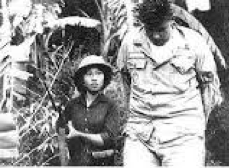
The Vietnam War ended in 1975 but the repercussions were immense. Vietnam was increasingly seen as a dirty, low-down, dishonest business in which President Johnson and advisers like Robert McNamara had recklessly squandered the good will the country had built up in previous wars, as evidenced by the difference between the reception the Vietnam vets received and the heroes’ welcome accorded to the soldiers of the Second World War. The rage expressed in the worldwide anti-war protests emerged throughout popular culture in films like The Deer Hunter (1978) and fostered a generation of disaffected and often dangerously angry youth.
The twentieth century delivered two world wars and a thousand lesser conflicts, along with assorted mini-revolutions, rebellions and revolts. Militarism, communism, fascism, totalitarianism had all strutted their stuff and, afterwards, were women any better off than before? That well-known cultural commissar of Hollywood and a veteran of nine marriages, Zsa Zsa Gabor, summed it up: ‘I’ve been married to a communist and a fascist, and neither of them would take out the trash.’
What would it take to change that?
